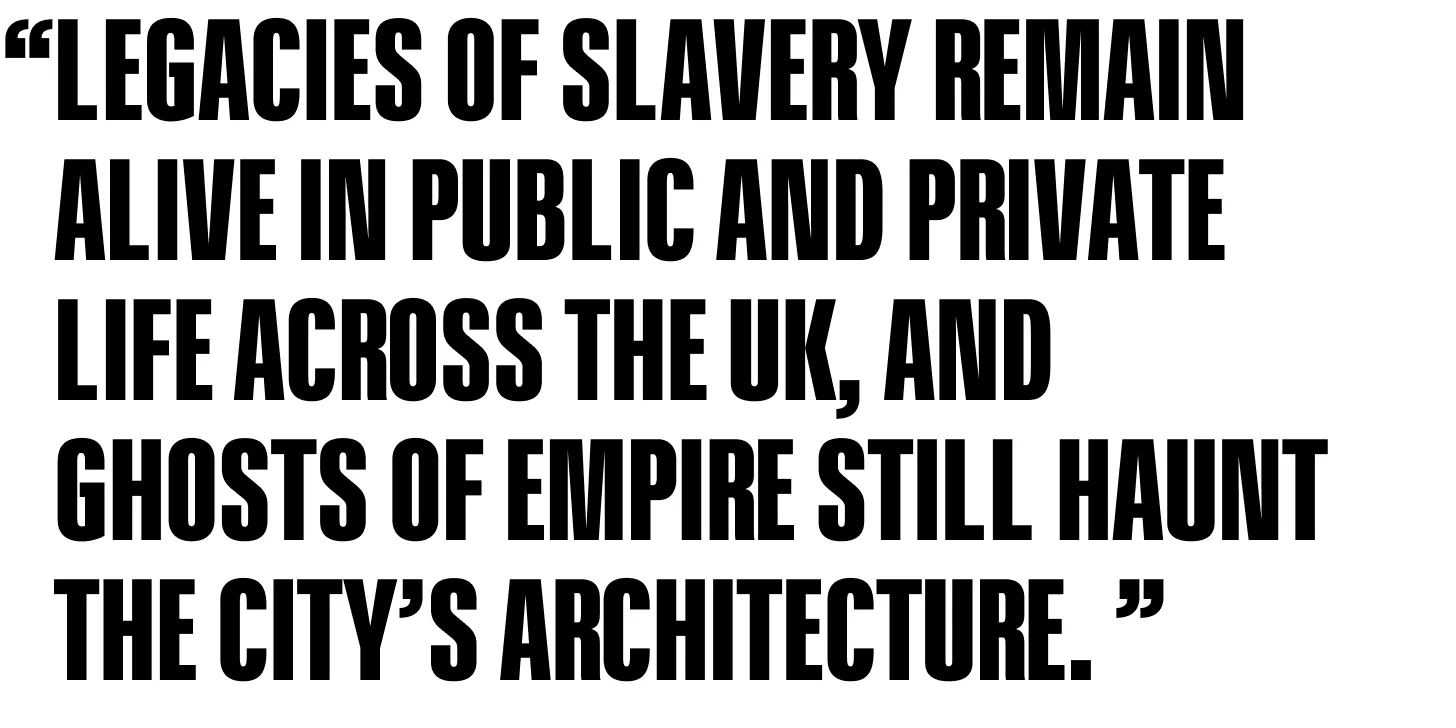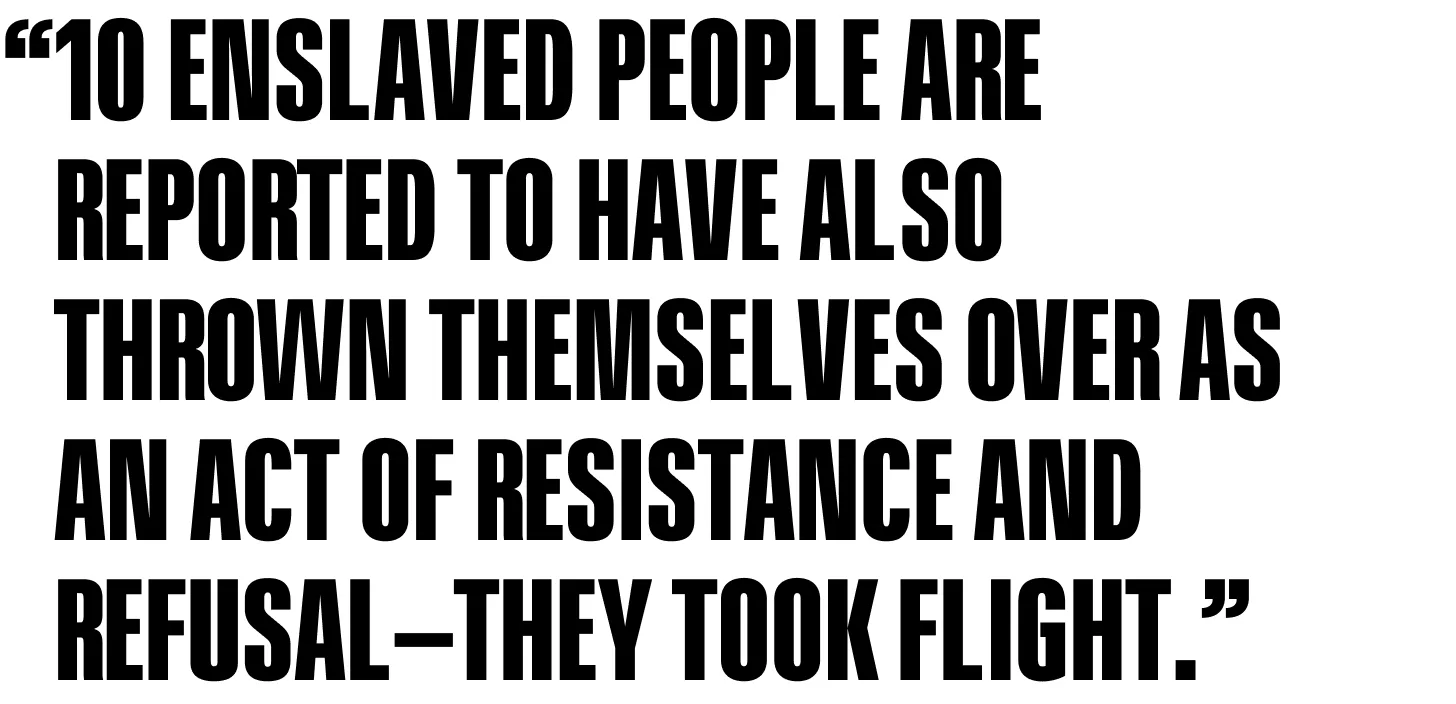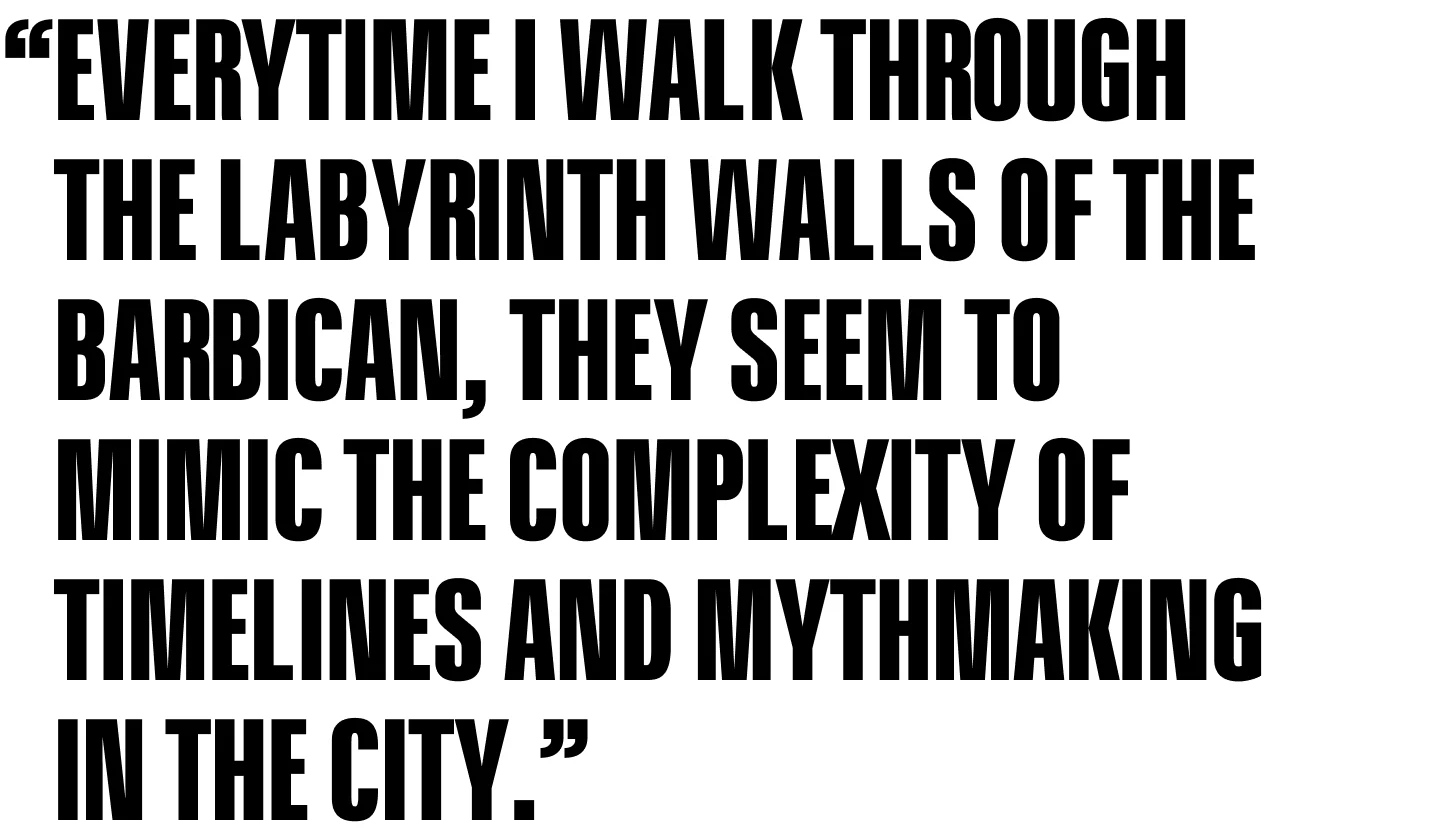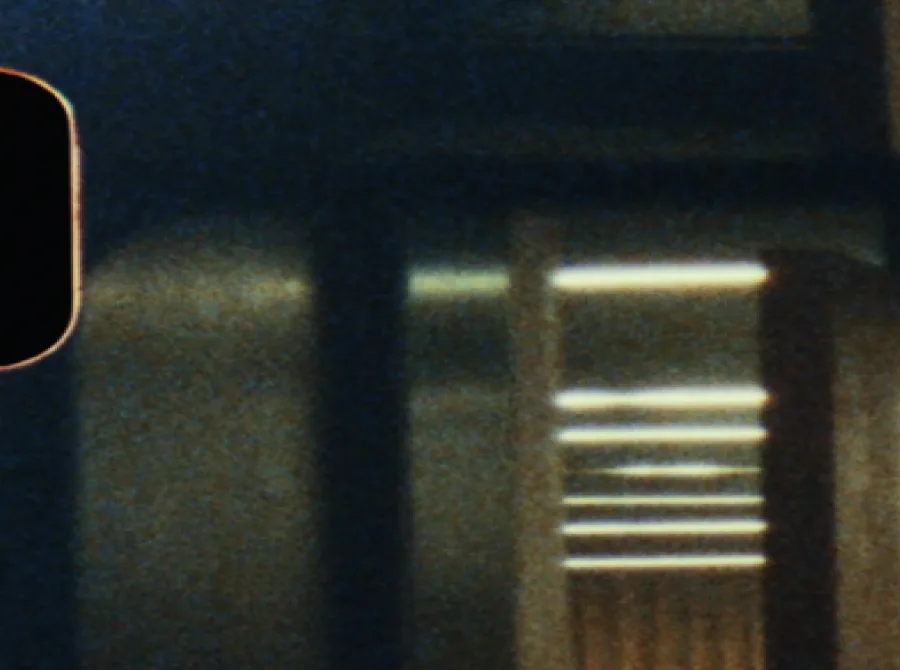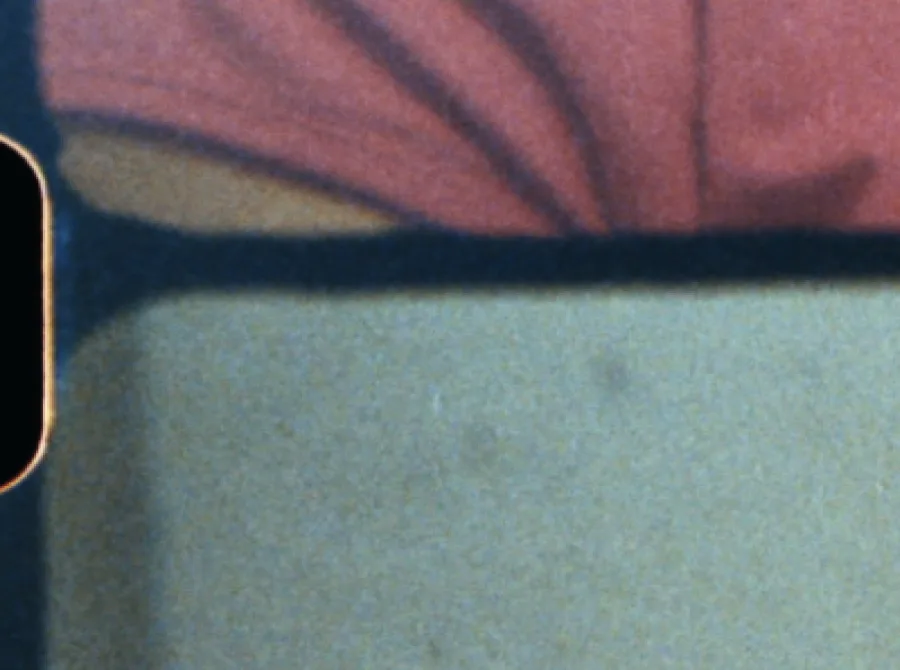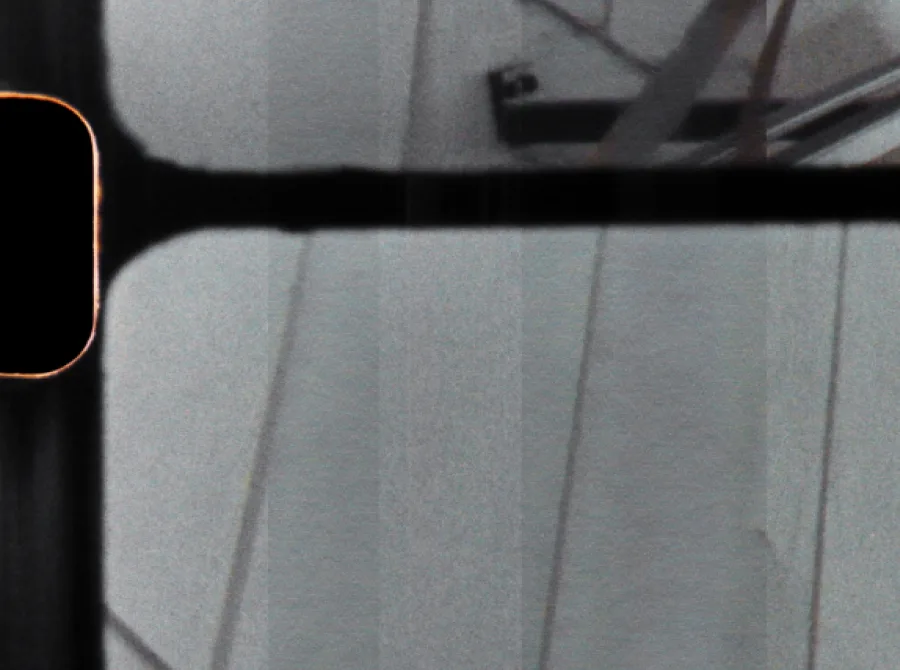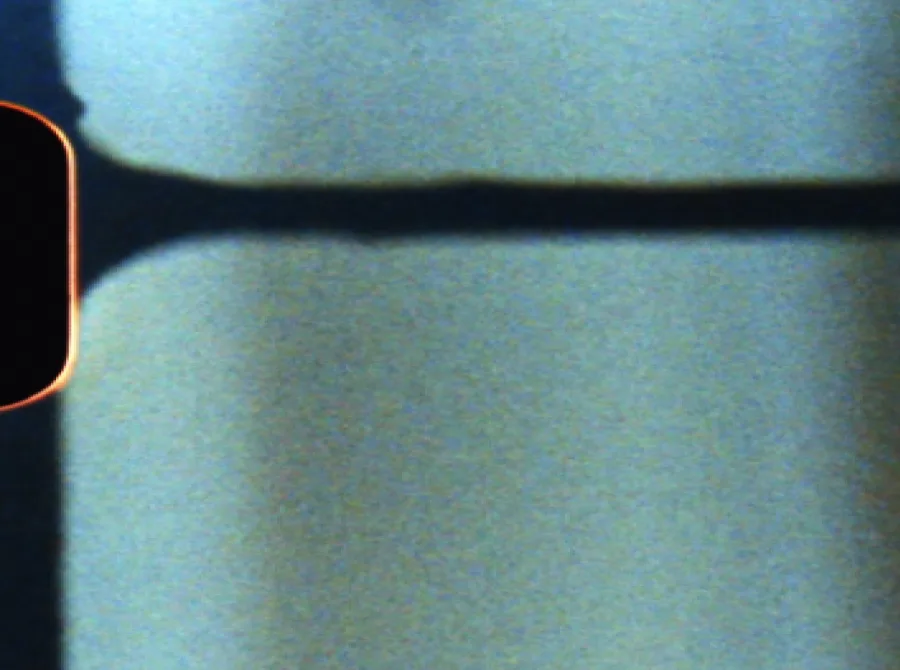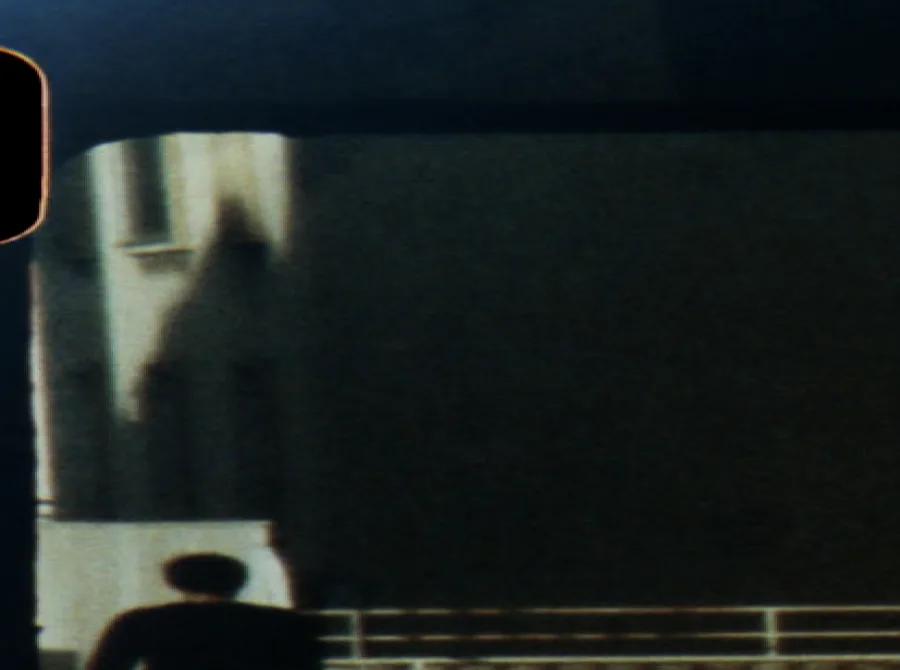
WePresent has partnered with the Barbican to co-commission Sierra Leonean artist Julianknxx's new multimedia film installation “Chorus in Rememory of Flight.” For this piece of work, the artist traveled around Europe, exploring largely untold stories of Black and African diasporic realities and collaborating with local musicians and choirs. The project will be on show in The Curve gallery at the Barbican, London from 14 September 2023 to 11 February 2024.
In this part of his European journey, Julianknxx traveled to London. Writer Ethel-Ruth Tawe reflects on the darker history of the UK capital.


“What’s the difference between flight and fatality? What are the politics of being ready to die and what have they to do with the scandal of enjoyment? What is premature death?...Addressing these questions demands some attempt to discover how blackness operates as the modality of life’s constant escape and takes the form, the held and errant pattern, of flight.”
— Fred Moten and Stefano Harney, in “The Undercommons” (2013)
As I walk through the campus of London’s School of Oriental and African Studies (SOAS) where I was a student a few years back, I think of repositories of knowledge often far removed from their place of origin. Standing just behind The British Museum, where cultural objects are now prisoners of empire, I reflect on what keeps them trapped inside. It’s difficult to envision how we actually got here in the first place.
In their manual on Black study, “The Undercommons”, Stefano Harney and Fred Moten speak of “flights of fantasy in the hold of the [slave] ship”. Whether through physical escape from the ship by any means necessary, or spiritual escape through ritual and song, Africans conjured modes of fugitive resistance that transcended time. Paul Gilroy wrote the “The Black Atlantic” as a theoretical territory, mapping literal and figurative sites of possibility within legacies of the transatlantic slave trade. When I think about the tension of understanding “diaspora” as both a rupture in time and an archive of fluidity, I remember Toni Morrison’s words: “All water has a perfect memory and it is forever trying to get back to where it was”.
Only a few Tube stops away, a statue sits on a pavilion building at the end of the Holborn Viaduct, a bridge linked to The City of London commonly known as “The City”. It’s of Henry fitz Ailwin de Londonstane, the first Lord Mayor of London. His name means “of Londonstone”, a mysterious talisman and ancient limestone traditionally associated with the leadership and safety of London. It’s also known in one legend as the “Stone of Brutus” and said to be part of an altar built by the Trojan founder of London who anchored the belief and ancient-saying: “So long as the Stone of Brutus is safe, so long will London flourish”.

While not an obvious center of European mythology at face value, The City of London is littered with histories of conquest and empire, often memorialized in public spaces with statues, monuments, and ceremonies, but also in private. Originally founded as a diverse Roman settlement with inhabitants from Britannia, continental Europe and North Africa, The City is a micro city-state with about 8000 residents today. Since 1211 AD, The City has paid rent to the Queen’s Remembrancer (the oldest judicial position in England, created to keep track of all that was owed to the crown) for two plots of land in what is known as “The Ceremony of Quit Rents”. The ceremony is so old that the exact locations of these plots are now unknown, yet it’s carried out regardless. The debts aren’t paid straightforwardly in cash but strangely paid in 61 nails, six horse-shoes, a blunt billhook (a type of agricultural knife) and a sharp ax. The City still serves as a ceremonial county, administrative center and financial district, as opposed to a borough of London. Modern skyscrapers like The Gherkin and The Shard juxtapose neoclassical buildings like The Royal Exchange and St. Paul’s Cathedral, a peculiar interplay that speaks both forward and backward in time.
As we know however, beneath this facade lies the epicenter of the ongoing cost of living crisis which disproportionately affects Black British and marginalized people. It’s a site built on the profits of exploitation, stretching across the country. During the 2020 Black Lives Matter uprisings, a statue of slave trader Edward Colston was torn down and drowned in the Bristol Harbour, a symbolic toppling of a colonial gaze that Black Britons are still forced to come face-to-face with in daily public life. The Windrush Scandal which began to surface in 2017, unearthed stories of Caribbean people who were wrongly detained, deported and denied their legal rights, autonomy and agency. The City is charged with currents from a complicated collision of memory waves and frequencies: cycles resurrected from an Atlantic graveyard of time. How do waters find their way in a city made of stone? What are modes of collective refusal against these monuments of empire? Where may we bury their ghosts?

On September 6 1781, the Zong ship left the African coastline in Ghana with an overload of 470 enslaved people, under direction of Captain Luke Collingwood. Many onboard died from disease and malnutrition as they became stranded in the difficult waters. When the ship ran low on drinking water following navigational mistakes, approximately 132 enslaved people were thrown off the ship so the British could survive and claim insurance compensation for the loss of their “property” when back to shore. Ten enslaved people are reported to have also thrown themselves over as an act of resistance and refusal—they took flight.
The ship insurers rejected the filed claims on the “cargo” and were taken to a first trial in Jamaica, which later appealed at The City of London’s Guildhall in 1783. The judges ruled in favor of the ship owners, making it clear that this was a commercial case about property and financial loss involved in the maritime risk of chattel slavery, and not one concerned with the murder of human beings. In the Zong massacre and its aftermath the role of the sea and waters indirectly disrupts and bends the timeline of slavery. This trial was a turning point for abolitionists in Britain, including a freedman Olaudah Equiano, who brought the massacre to the attention of anti-slavery campaigner Granville Sharp and accelerated the abolitionist movement that followed.

On a call with Julianknxx, we exchange screenshots of eye-catching charts, graphs and maps from W.E.B DuBois’ book “Data Portraits”. DuBois’ concept of “double consciousness”, a positionality of Black Americans perceiving themselves from an internal and external lens, mirrors the realities of Black British identity in flux today. Running east into the North Sea and the English Channel, the river Thames is the gateway of London’s maritime archive and fluid experiences of its Black diaspora. Across the Atlantic, folklore of the Ebo Landing mass suicide speaks of the drowning of captives who refused to submit to slavery, chanting: “the water brought us, the water will take us away”. It’s believed that the rustling of their sunken chains can still be heard today, as explored in Julie Dash’s classic film “Daughters of the Dust” (1991). In London however, the pediment on the Royal Exchange building, built 30 years after the abolition of slavery, still features an image of a Black man in shackles kneeling alongside commodities. While Julianknxx asks “where are the hands?” in his exploration of Antwerp, the shackles echo the captivity in London. The Royal Exchange was London’s first purpose-built center for trading stocks, originally founded in 1565 by English merchant Thomas Gresham who actually sought to model a London equivalent of the Antwerp Bourse.
Similar pediments can be found on buildings at the historic Marseille port and the trade is still memorialized across Europe today. The City of London’s Jamaica Wine House was where slave traders, ship captains and plantation owners linked to the sugar trade would famously meet to do “business”. Nearby, statues commemorating James Drax, who is said to have been the first Brit to develop the sugar plantation system, can be found inside St Anne and St Agnes Church in The City. Not far is St Mary Woolnoth Church where slaver-turned-abolitionist John Newton, who famously penned the hymn “Amazing Grace”, often preached. Legacies of slavery remain alive in public and private life across the UK and ghosts of empire still haunt The City’s architecture.

Each time I walk through the labyrinth walls of the Barbican, they seem to mimic the complexity of timelines and mythmaking in The City. The word barbican comes from the Low Latin word Barbecana: a fortified outpost, tower or gateway. At the advent of Julianknxx’s global chorus, staged and housed within these walls, I imagine new floodgates, undercurrents and structures holding testament without erasure. For me, the act of documenting and imagining is a catalyst for flight and self-determined futures, in a Black aesthetic language resonating far beyond the City walls and beyond the narrative of slavery.
Explore Julianknxx’s experiences in the seven cities he visited to make “Chorus in Rememory of Flight”

“Chorus in Rememory of Flight” has been co-commissioned by the Barbican and WePresent by WeTransfer in partnership with Calouste Gulbenkian Foundation and with support from De Singel.


